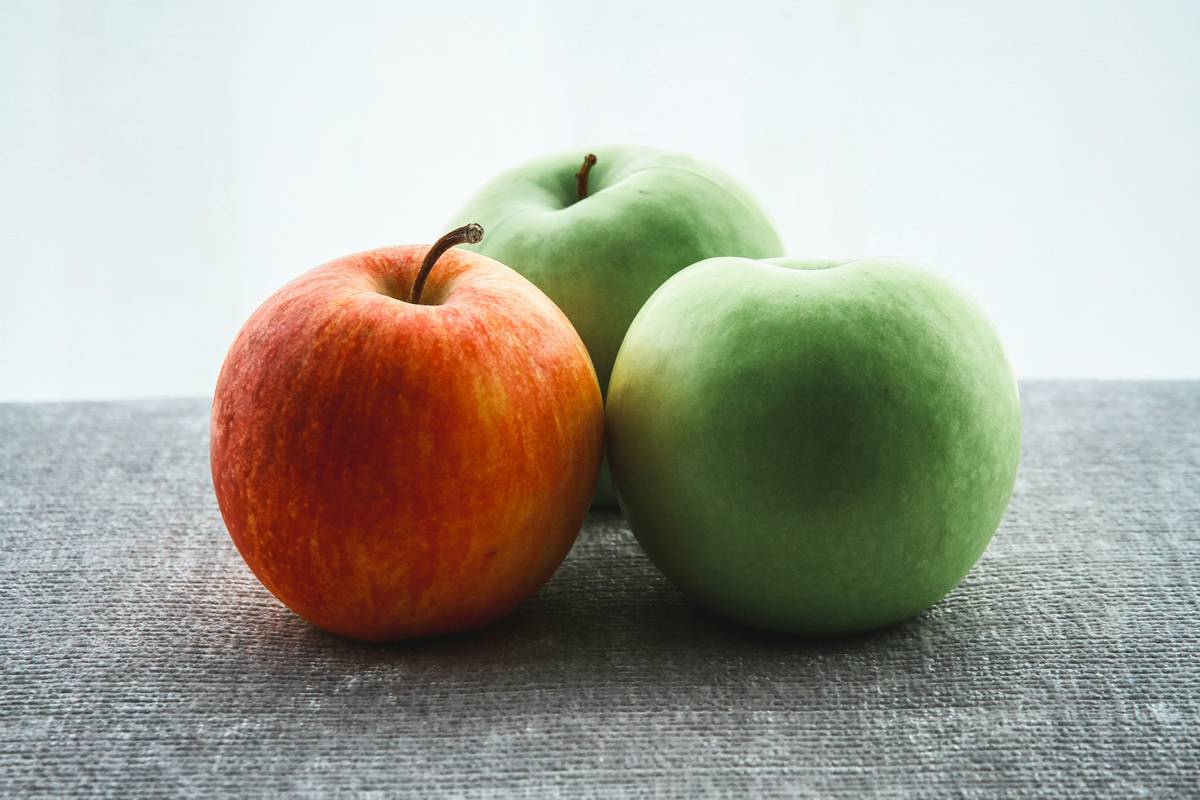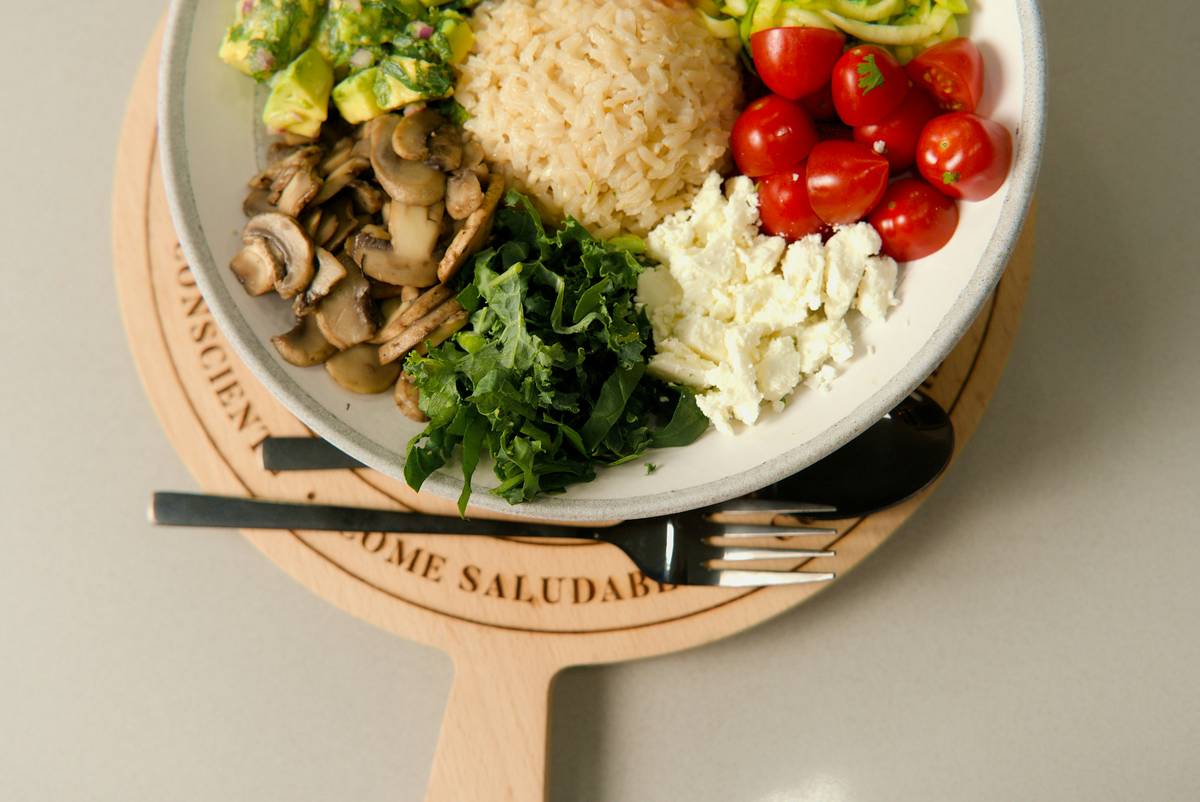Ever tried every diet under the sun only to feel like your body’s fighting back? Yeah, we’ve been there too. The secret might not lie in fad diets or crash courses but in something as ancient and personalized as Ayurveda. Specifically, balancing your doshas through meals can transform not just your weight but also your overall well-being.
In this post, you’ll discover why dosha balance is key for sustainable weight loss, how to craft a meal plan that aligns with your unique constitution, tips for sticking to it, real-life success stories, and answers to FAQs about Ayurvedic practices. Let’s dig in!
Table of Contents
- Why Dosha Imbalance Sabotages Your Weight Loss Goals
- Step-by-Step Guide to Building a Dosha Balance Meal Plan
- Tips for Mastering the Art of Dosha-Friendly Eating
- Real-Life Success Stories with Ayurvedic Meal Plans
- Frequently Asked Questions About Dosha Balance Meals
Key Takeaways
- Dosha imbalance can disrupt metabolism and hinder weight loss efforts.
- Ayurvedic principles emphasize eating according to your dominant dosha (Vata, Pitta, Kapha).
- A well-crafted dosha balance meal plan boosts digestion, energy levels, and mental clarity.
- Consistency and mindfulness are crucial when implementing Ayurvedic practices.
Why Dosha Imbalance Sabotages Your Weight Loss Goals
Here’s the tea: If your doshas are out of whack, no amount of calorie counting will save you from plateauing on your weight loss journey. I learned this lesson the hard way—I once ate “clean” for weeks while ignoring my Vata imbalance. Spoiler alert: bloating city, population me.
“Optimist You:” ‘Eating healthy should fix everything!’
“Grumpy You:” ‘Yeah, right—if only it were that simple.’
Ayurveda teaches us that each person has a unique blend of three doshas—Vata (air/ether), Pitta (fire/water), and Kapha (water/earth). When one becomes dominant or imbalanced, symptoms like sluggishness, cravings, or poor digestion crop up. For example:
- Vata types may experience digestive issues if they eat raw, cold foods excessively.
- Pitta types could struggle with inflammation if their meals revolve around spicy, oily dishes.
- Kapha types often retain water and gain weight more easily if heavy, sweet foods dominate their diet.

Step-by-Step Guide to Building a Dosha Balance Meal Plan
Crafting a dosha balance meal isn’t rocket science—but it does require some homework. Here’s how to get started:
Step 1: Identify Your Dominant Dosha
Take an online quiz (here’s one I recommend) or consult an Ayurvedic practitioner to determine whether you’re predominantly Vata, Pitta, or Kapha—or a mix of all three.
Step 2: Choose Ingredients Based on Dosha Needs
- Vata: Warm, grounding foods like soups, stews, cooked grains, and root vegetables.
- Pitta: Cooling, hydrating options such as cucumbers, melons, leafy greens, and coconut milk.
- Kapha: Light, spicy choices like lentils, turmeric, ginger, and bitter greens.
Step 3: Incorporate Mindful Eating Habits
Eat slowly, chew thoroughly, and avoid distractions during meals. Seriously, put down your phone—it messes with your digestion. Chef’s kiss for these small yet game-changing habits.
Step 4: Add Seasonal Variations
Ayurveda prioritizes seasonal eating. In winter, opt for warming spices like cinnamon and cloves; in summer, load up on cooling herbs like mint and cilantro.
Tips for Mastering the Art of Dosha-Friendly Eating
- Prioritize Spices: Turmeric, cumin, coriander, and fennel are MVPs for boosting digestion and balancing doshas.
- Skip Processed Foods: Refined carbs and sugars wreak havoc on all doshas.
- Hydrate Wisely: Sip warm water with lemon throughout the day instead of guzzling ice-cold drinks.
- Terrific Tip: Avoid late-night snacking at all costs—it throws off your natural circadian rhythm.
- Terrible Tip: Skipping meals because “Ayurveda says fasting balances Pitta.” Newsflash: It doesn’t. Extreme fasting disrupts agni (digestive fire) and creates chaos in your system.
Real-Life Success Stories with Ayurvedic Meal Plans
Meet Sarah: A self-proclaimed Kapha type who struggled with stubborn belly fat for years. After switching to a dosha balance meal rich in legumes, lean proteins, and fresh veggies, she shed 20 pounds without ever feeling deprived. Her secret weapon? A daily cup of ginger-lemon tea to kickstart her metabolism.
Or take Raj, a fiery Pitta who battled chronic acid reflux. By swapping his go-to spicy curries for milder alternatives packed with cooling foods like zucchini and kale, he noticed reduced inflammation and stabilized energy levels within weeks.
Frequently Asked Questions About Dosha Balance Meals
Q: Can two people with different doshas share meals?
Absolutely! Focus on neutral ingredients that benefit all doshas, such as quinoa, spinach, carrots, and ghee.
Q: Do I need to follow this strictly forever?
Nope. Think of it as a lifestyle, not a rigid diet. Consistency matters more than perfection.
Q: Is Ayurveda safe alongside Western medicine?
Yes, but always check with your doctor before making significant dietary changes, especially if you have existing health conditions.
Conclusion
Balancing your doshas with thoughtful meal planning isn’t just another trend—it’s a centuries-old blueprint for holistic wellness. With a tailored approach that honors your body’s needs, a dosha balance meal plan can unlock sustainable weight loss and improve your quality of life. Now go forth and nourish yourself like the queen or king you are!
And remember…
Like grains of rice,
Small steps lead far;
Balance blooms inside.


